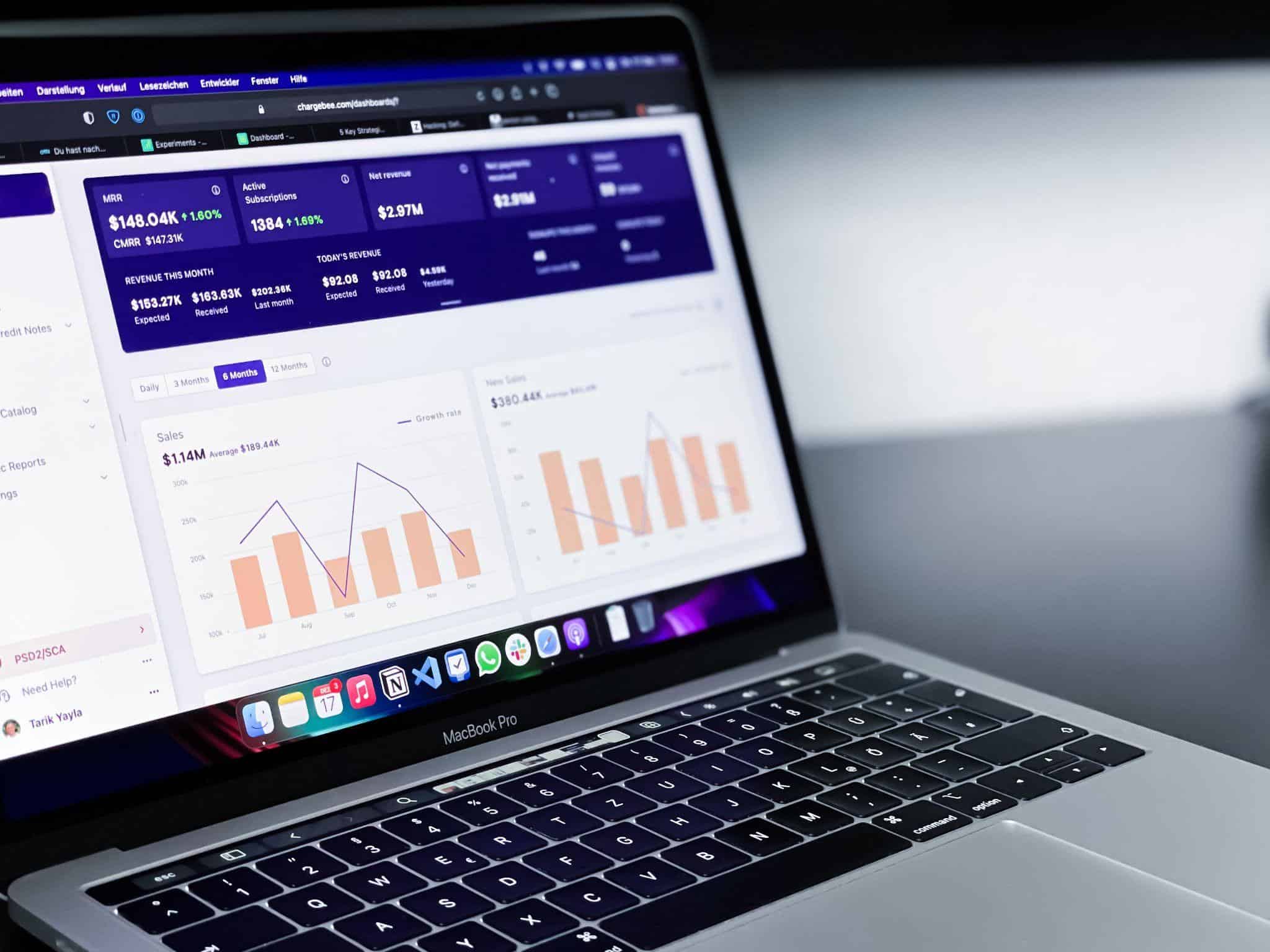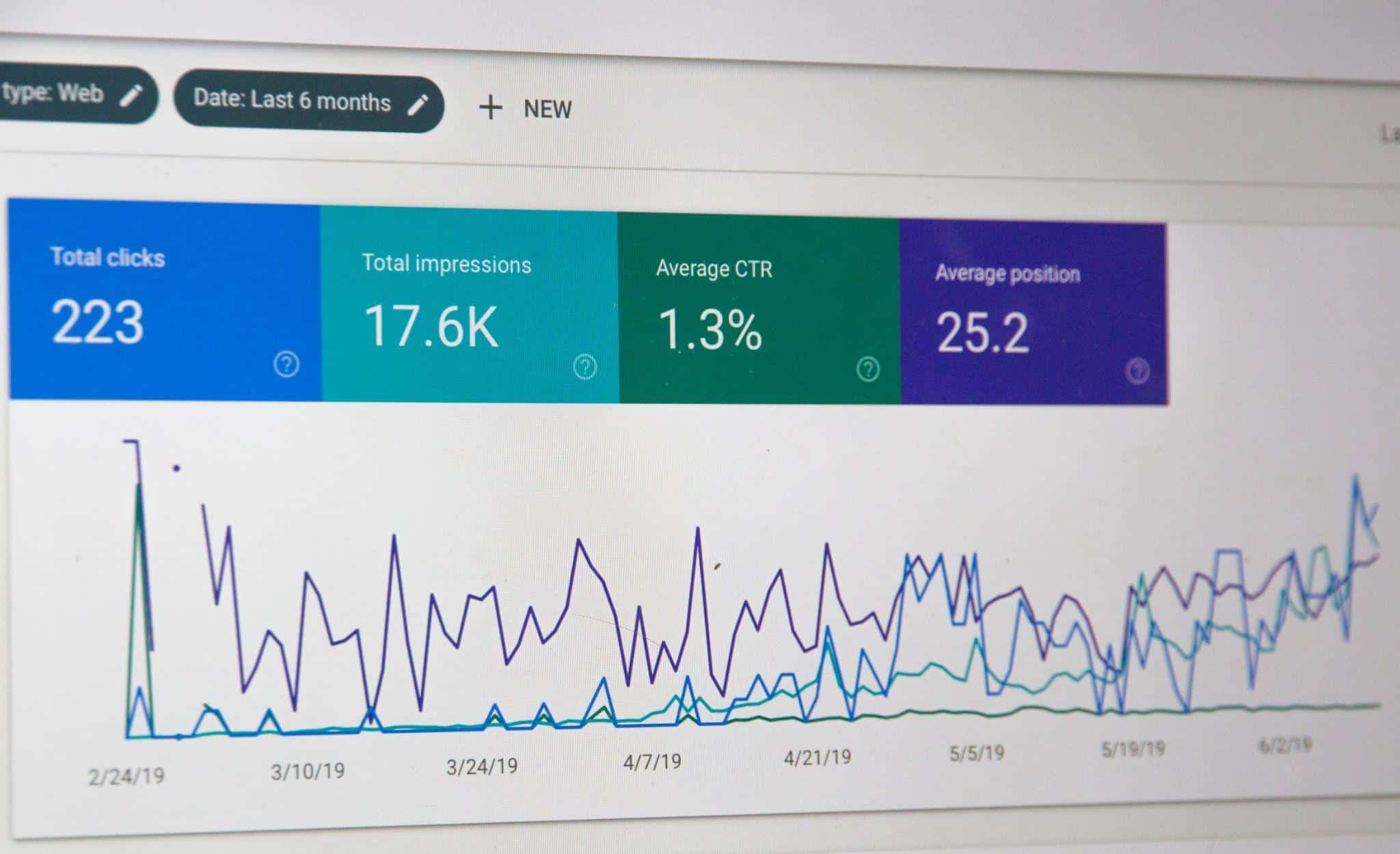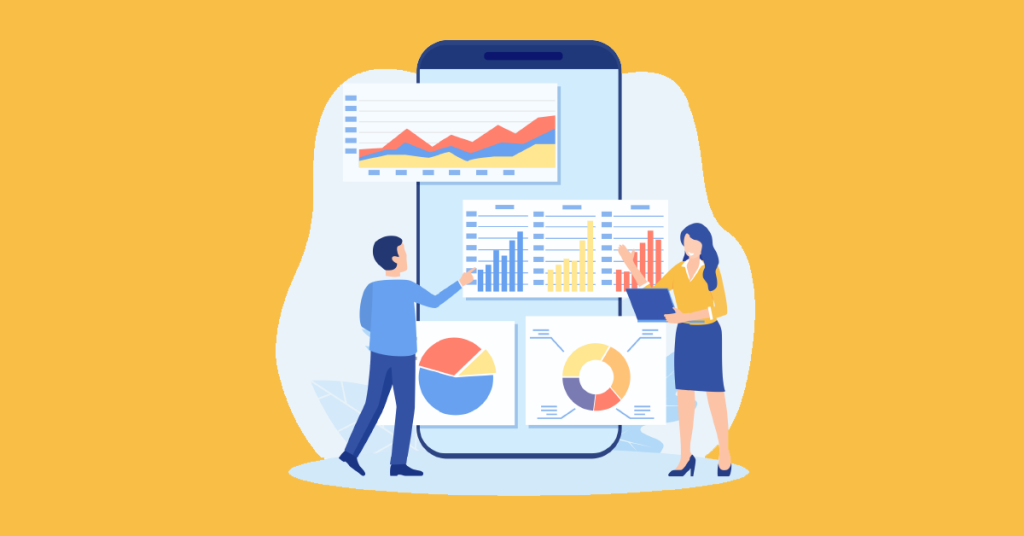Being an influencer isn’t all about filters and hashtags. It’s also about metrics and analytics. By tracking your influencer analytics, you can learn exactly what to do to improve your career as an influencer and build a successful social media strategy.
Metrics can tell you everything. By keeping a close eye on your influencer analytics, you can craft the kind of content that’s guaranteed to convert. There are hundreds of metrics you can follow as an influencer. Today, we’re going to look at six of the most important.

Free to use image from Unsplash
Understanding the value of influencer analytics
Being a successful influencer isn’t all about picking the right outfits and the perfect filters. It’s also a numbers game.
Analytics tell you who your audience is, what they like, how your content is performing, how to get conversions, and more. They’re also great for getting brand partnerships. Having a healthy set of metrics to show potential sponsors and partners helps them to know what a good idea it would be to work with you.
So, all in all, influencer analytics are very important. But which metrics in particular should you be following?
6 Important metrics to track in your influencer analytics
There are six broad metric categories very important to track. Within these categories, there are smaller, more specific metrics:
Engagement metrics
Engagement metrics show how much your audience is connecting with and interacting with your content. Social media platforms love high engagement because it indicates that the poster is giving value in their content.
That value keeps people coming back to the platform, so, in return, social media algorithms tend to boost content creators with high engagement rates.
That being said, not all engagement is positive. For example, a post that gets shared a lot because people hate what the creator is saying and want to show other people how awful it is will register as having high engagement.
So, it’s always worth digging a bit deeper than simple ‘engagement’ when assessing these metrics.
Likes and reactions

Free to use image from Unsplash
We all know what likes and reactions are. They’re how people indicate that they’ve seen your content and what they think of it.
On the surface, likes and reactions are pretty simple to analyze. For example, if you posted something intended to be lighthearted and it gets a lot of angry reactions, you should probably dig into the comments to figure out where you’ve gone wrong.
Monitoring your likes and reactions is an important part of your social listening. By keeping an eye on your reactions, you can keep your finger on the pulse of audience sentiment and closely track the kinds of things they enjoy. So don’t underestimate the humble like!
Comments and replies
Why have we grouped ‘replies’ with comments? Aren’t they all the same thing?
Well, no. Not quite. Replies indicate how engaging a particular comment on your post is, and that’s important.
Comments alone can tell you how engaging people find a particular post and the kinds of things they appreciate about it.
With replies, you can see exactly which comments are hitting the spot for your audience, the topics they’re covering, and the kinds of responses they’re getting.
Shares and retweets
There are a lot of posts that people will happily react to and even comment on, but a post has to be special to get shared.
When someone shares/retweets your post, it means you’ve said something that really resonates with them. Maybe they find it funny or profound, or they love the aesthetic.
Shares are fantastic for your organic reach. They also show you what’s truly resonating with your audience.
But remember, don’t take all shares at face value. It’s important to look through the comments and captions to make sure that people are sharing for positive reasons. All engagement metrics should be taken with a strong pinch of social listening.
Follower growth

Free to use image from Unsplash
Everyone likes to see their follower count rising. While follower count is often dismissed as a ‘vanity metric’, monitoring your follower growth and churn rate can still reveal important things about your status as an influencer.
Here are some sub-metrics that can help you gain useful information from your follower growth metrics:
New followers
It’s great to have a committed core of followers who stick with you through thick and thin. But if you’re not getting new followers at a reasonably regular rate, you run the risk of stagnating.
When new people flock to your channels and profiles, it means you’re making relevant and engaging content. Further, it means you have a vibrant and flourishing community that people want to be a part of.
When you dig into follower growth metrics, you can also reveal interesting things about your channel, your content, and your audience. For example, if you see a spike in follower growth over a very specific time period, cross-referencing that spike with the content you were making at the time could reveal what kind of content is relevant and resonant right now.
Churn rate
If you are a successful social media influencer, you will have a constant trickle of people leaving your channel/profiles. That’s not necessarily because you’re doing anything bad. It’s just a numbers thing. As your follower count grows, so does the probability of picking up chronic unsubscribers and fairweather followers.
At the same time, you should have a steady stream of new followers coming in to replace those leaving. The rate of people leaving and arriving is known as your ‘churn rate’.
If lots of people start leaving your community, it could be an indicator that you’re doing something wrong. This is especially true if new people aren’t replacing them.
Click-through rate

Free to use image from Unsplash
To be an influencer, you have to actually influence people to take real-life actions.
The click-through rate (CTR) shows you how many people have clicked on links that you shared in your posts. It’s a good indicator that your content works and encourages people to follow the links you’re promoting.
CTR is particularly important to follow if you’re promoting products. Brands will be very interested in CTR, as a high CTR shows that your content is having the desired result.
Your CTR can usually be found through your social media platform reporting service. From these reports, you’ll be able to work out what your base CTR is and can then look to optimize your content from there.
Content performance
There are various content performance metrics. The ones most useful to you will depend a lot on the type of content you’re sharing and what you want it to achieve.
For example, if you post a longer video, metrics like overall views and time spent on post are good for showing you that the video is being watched and that people are watching it all the way through.
Meanwhile, if you post to raise awareness about an issue, things like how many times your hashtag is used, post shares, retweets, and so on are better indicators of content performance.

Free to use image from Unsplash
Conversions
When someone ‘converts’, they perform the action you wanted. Often, a ‘conversion’ is a purchase, but it can also be things like subscribing to a newsletter or service, clicking a link, or even simply sharing a post.
Measuring the success of conversions is usually done with a cost-per-acquisition (CPA) metric. A CPA will consider data from tools like a billing platform or sales tracker and contrast it with marketing and influencer spend, to work out how much is being spent to obtain a conversion.
How you measure conversions depends a lot on what that ‘conversion’ consists of. For example, if your conversion is a purchase, you would use your sales metrics to measure conversions. If your conversion is someone sharing your content or link, you’ll use your social media share metrics to measure that conversion.
Two common ways to measure conversions are affiliate links and sales and revenue metrics.
Affiliates
When working for brands, influencers will commonly be given affiliate links to share with their audience. When someone clicks on that affiliate link and buys the product, tracking cookies will note where that conversion came from and add it to that influencer’s conversion metrics.
Sales and revenue generation
If you are working for yourself rather than for brands, you can track conversions directly from your own sales and revenue platforms.
If you don’t add links and/or tracking cookies to your content, sales and revenue generation won’t always be obvious from your social media metrics alone. You may have to dig into things like your order management tools to get a better idea of sales and revenue and how they relate to your content.
For example, you may be able to relate a spike in orders to a particular post and use that data to work out a rough conversion rate for that post.
Audience demographics
Audience demographic data is very useful. It helps you to get to know your audience, which in turn tells you a lot about everything from customer pain points to the best time of day to post.
For example, if your audience demographics tell you that the majority of your followers are working-age professionals, it’s probably a good idea to post either before or after working hours, when they’re more likely to be checking their social media.
Remember, your audience demographics can change quickly, so be sure to keep checking.
Use influencer analytics to build your career

Free to use image from Unsplash
When tracked and analyzed properly, influencer analytics can give you deep insights into everything from who your audience is to the kinds of content they like and the techniques that will encourage them to convert.
There are lots of metrics you can follow as an influencer. You can get really granular with metrics if you have the right platforms and software. Here, we’ve only covered six of the most important, but there are plenty more if you want to dive deeper into your metrics.
Whether you’re just starting out as an influencer or have been doing it for years, there’s always something you can learn from your analytics. So keep a close eye on your metrics at all times!


